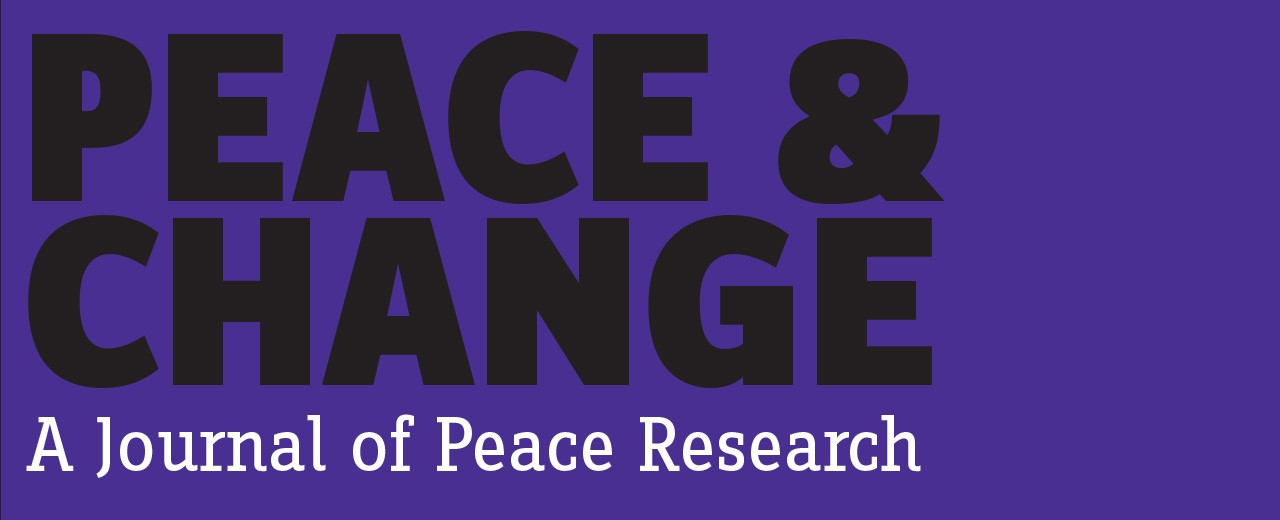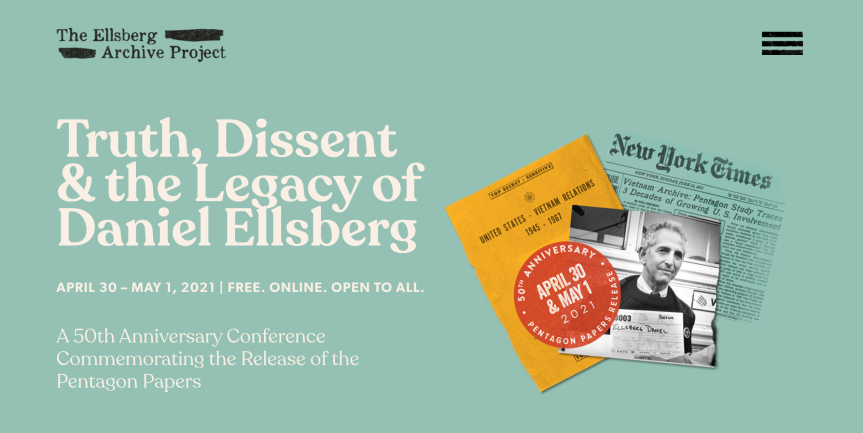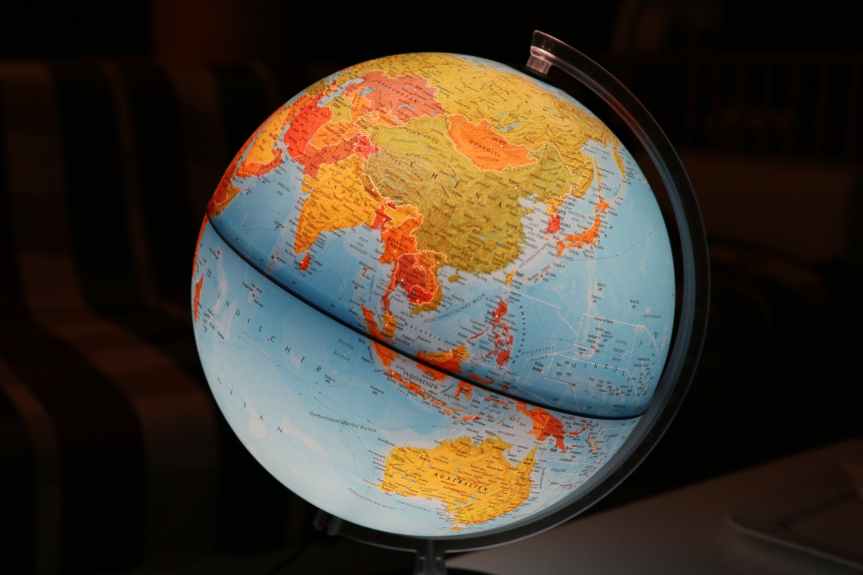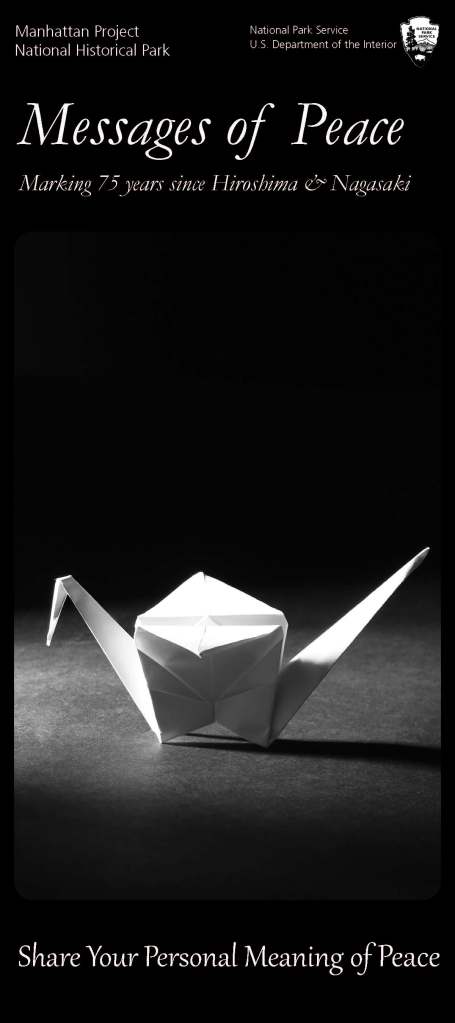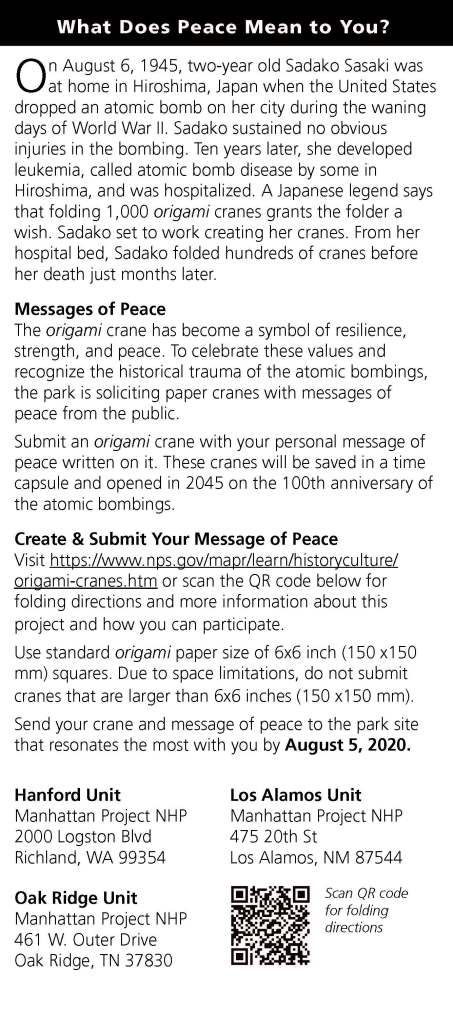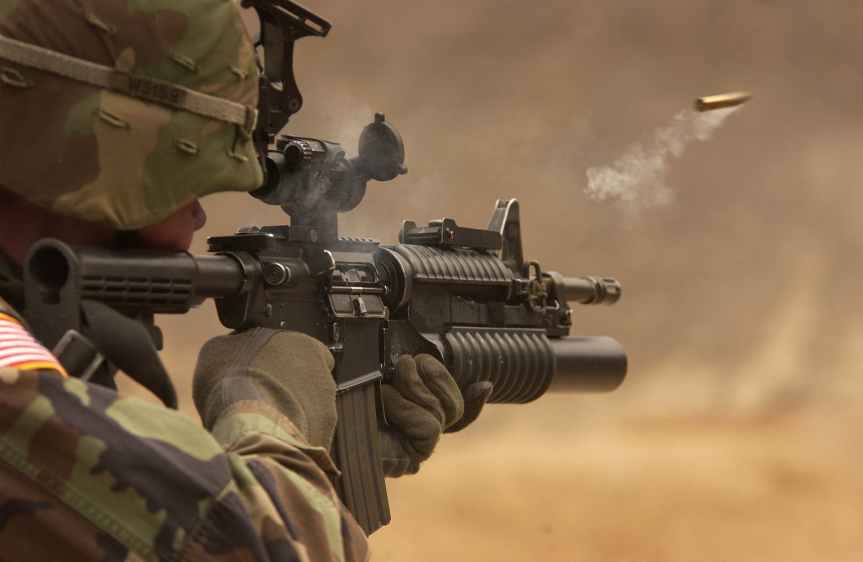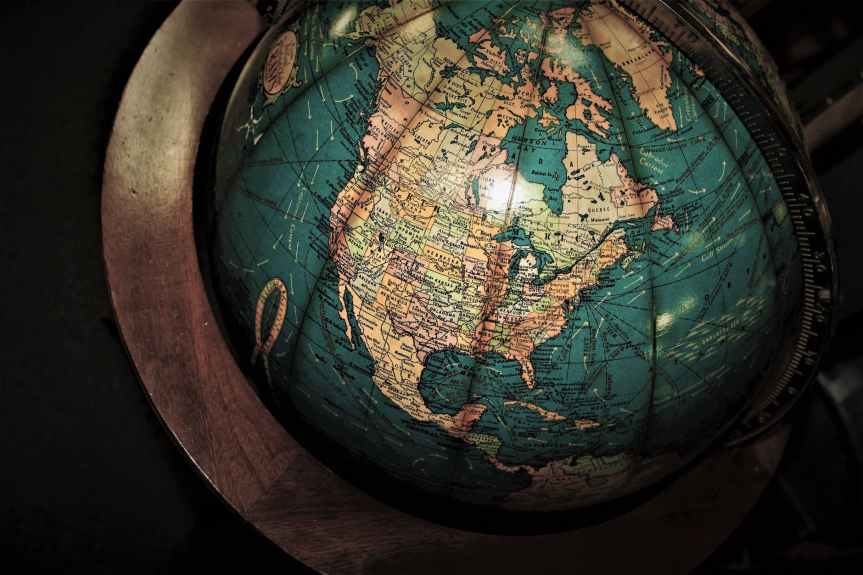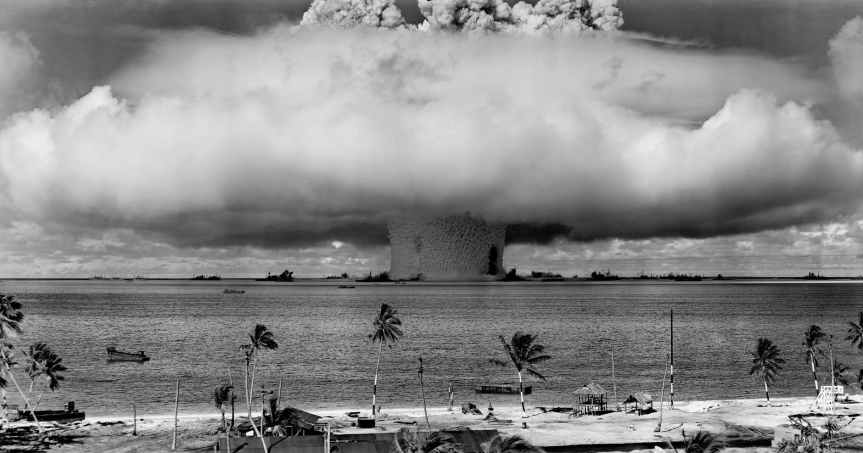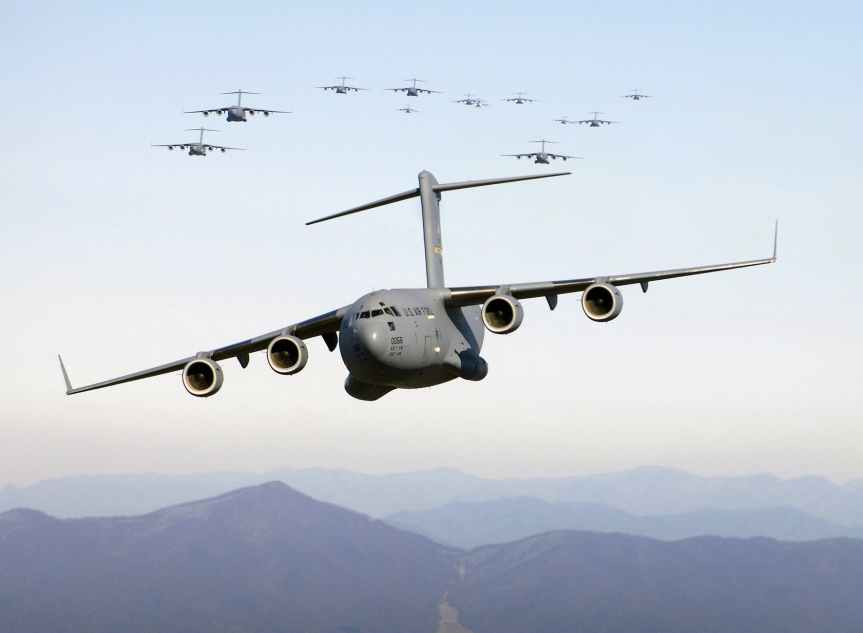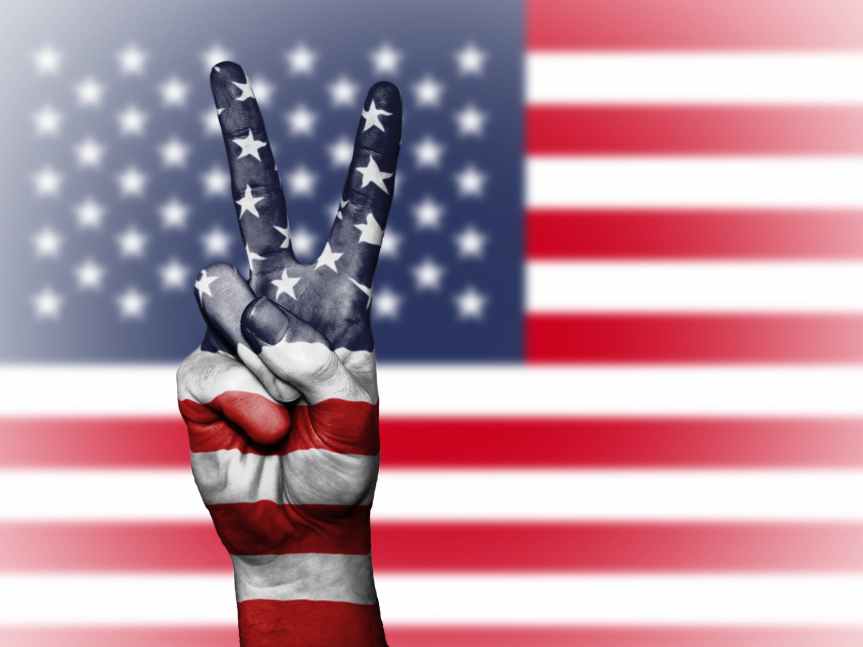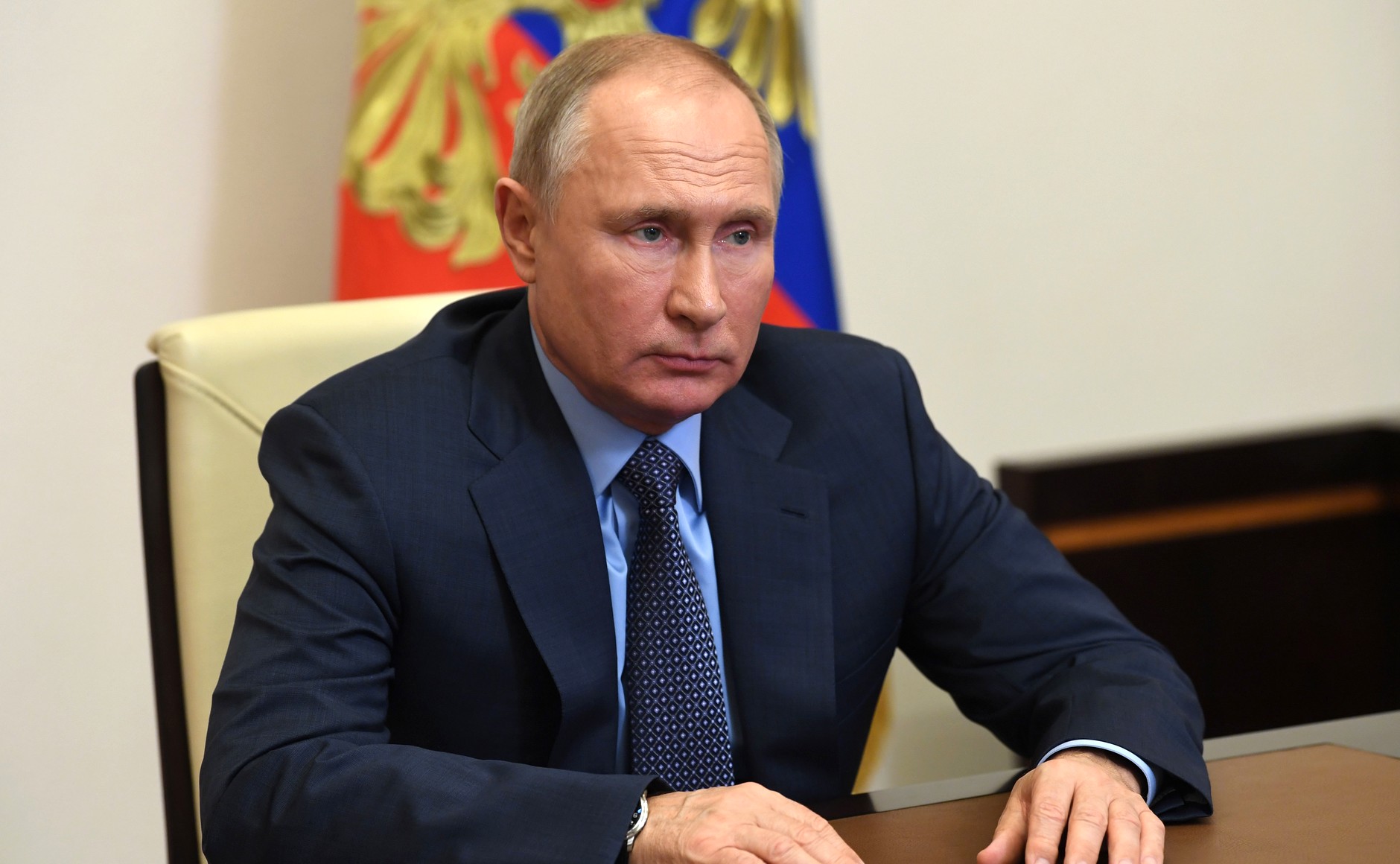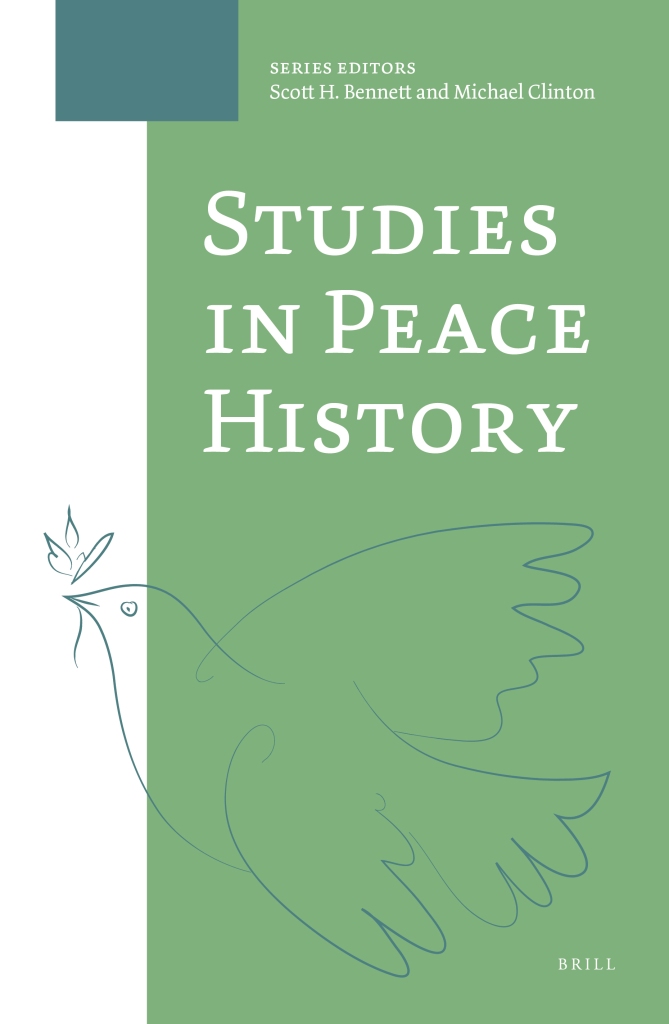By Harry Targ
Personal Reflections
As I grow older I ground more and more of my teaching and writing in the context of my own professional history. I studied journalism and political science in college in the late 1950s and earned a masters degree in political science in 1962. After short stints in the military and working for the social security administration, I decided to pursue a Ph.D. in political science, achieved in 1967. Lacking a political vision much beyond liberalism and devoid of any practical political work, I thought being a professor would make a nice career.
The mid-1960s was a time of ferment. Brave young people, from the South and the North, launched a heroic campaign to end Jim Crow segregation in the South. From the Gulf of Tonkin resolution in August, 1964 authorizing President Johnson to escalate war in Southeast Asia, to the daily bombings over Vietnam (Operation Rolling Thunder) in 1965 to 540,000 troops in South Vietnam by 1968, struggles over the war in Vietnam and foreign policy, in general, enveloped the society. The 60s was a time also when the last vestiges of colonialism were being dismantled. Only Portuguese Africa resisted change as did white minority regimes in the former Rhodesia and South Africa. In the Western Hemisphere, the Cuban revolution represented the hope of humankind for the construction of a better world.
It was an exciting time to be alive, to become politicized, and to initiate a teaching and research career. I was drawn to the study of international relations and United States foreign policy within political science.
Social Science Paradigms: Realism, Behavioralism, and Modernization
I had studied international relations, foreign policy, and diplomatic history in college. My “radical” teachers in college were critical of the foreign policies of presidents Truman and Eisenhower. They also condemned the most simplistic versions of the Cold War explanation of world affairs, and the overly zealous branding of all critics of United States foreign policy as being “communists.”
I was influenced by my professors to see the world through the lens of “the theory of political realism.” Foundational theorists who shaped the discourse on international relations included British historian E.H. Carr (1964), theologian Reinhold Niebuhr (1947), retired diplomat George Kennan (1957), and political scientist Hans Morgenthau (1960). The theory of political realism they propounded drew upon the classical writings of ancestors such as Thucydides, St. Augustine, Thomas Hobbes, Machiavelli, and James Madison (see Dougherty and Pfaltzgraff, 1971). Each in their own way saw war and violence as emanating from human nature, drives for power, greed, and personal honor. In a world of each against all, military capabilities, “balances of power,” and other devices whereby the power of one could be checked by the power of another constituted the tools for muting, but never eliminating, war and violence.
The contemporary realists, for example, Kennan and Morgenthau were critics of United States foreign policy not because the U.S. was interventionist or because the American government had launched an arms race with the former Soviet Union but because these activities were defended in the name of promoting freedom and democracy rather than “national interest” and “security.” The problem with the anti-communist proclamations of the day and the promises of human liberation they articulated was that they were not achievable. There must be, the realists said, a fit between goals, rhetoric, and policy. And the number one goal that any nation must pursue is advancing national interest and security. In a world of perpetual violence, this was all that could be achieved.
While most instructors of undergraduate courses on international relations used Hans Morgenthau’s classic text, Politics Among Nations (it survived eleven editions), newer currents were emerging in the graduate study of international relations. Following the Soviet launch of Sputnik and an emerging U.S. cultural celebration of science, President Kennedy promised that an American would be on the moon by the end of the sixties. Perhaps most importantly because of the tilt in Defense Department policies and personnel from old-fashioned military wisdom to modern scientific management, the study of international relations began to shift toward the “scientific study of international relations.” Now, social science researchers needed to go beyond a description of political events and policies to explain them and predict future outcomes. The new study of international relations should embrace scientific techniques: posit hypotheses, operationalize them clearly by identifying variables that could be measured, and “test” the hypotheses by examining the data using statistical techniques. The behavioral science model became the dominant paradigm throughout the discipline of political science and significantly so in the study of international relations (Kaplan, 1966; Targ, 1983).
While several theories became fashionable in the study of international relations and comparative politics perhaps none would have a greater impact on social science and public policy than modernization theory (see Nils Gilman, 2003). Starting in the 1950s with various formulations of structural functionalism, leading social science scholars from Harvard, MIT, Yale, Princeton, and the University of Chicago developed a paradigm to explain why the “newly” independent nations of the world were experiencing birth pangs of violence and poverty, why they were not democracies, and why subversive elements, such as anti-regime guerrilla fighters, were actively trying to undermine development. The modernization theorists studied the development of Europe and North America and concluded that societies needed to develop secular middle-class societies, governed by leaders with scientific and technical training. At a certain stage, infrastructure development, middle-class formation, the professionalization of elites, and qualitative shifts from theological to scientific points of view would yield democratic political institutions. When scholars spoke about public affairs, many of them suggested that that process of modernization was what motivated an activist United States foreign policy.
Upon reflection then, the 1960s was a decade of political turmoil, on college campuses an awakening from the somnolence of the 50s, and in the larger world an escalation of the arms race, U.S. global interventionism, and the Vietnam war. Parallel to these political changes a new social science was emerging as institutions of higher education exploded in numbers, interest in social science expanded, and the Department of Defense, the National Science Foundation, and other sources began to fund large-scale projects of relevance to international relations and development. In this context realism (although declining in popularity), behavioralism and modernization grew to dominate the study of international relations.
Discovering Peace Research
I wrote about these contradictory currents at the time (Targ, 1971, 207) suggesting that “students and young faculty have begun to re-evaluate the dominant motifs of scientific inquiry: the relationship of knowledge to U.S. foreign policy, the interaction of knowledge and social control, and the adequacy and/or inadequacy of knowledge as agenda and guide to social change.”
Energized by these impulses, as a student and young professor, my curiosity gravitated toward “peace research.” I was first attracted to two prominent journals; The Journal of Conflict Resolution, produced at the Center for Research on Conflict Resolution (CRCR) at the University of Michigan, and The Journal of Peace Research, the Institute for Peace Research, Oslo, Norway.
The JCR published articles that used the newer “scientific methods,” were theory and data-driven, and implied that the dynamics of interpersonal, national, and international conflict might be similar or “isomorphic,” so that scholars might study conflict at these different levels of analysis to discover the underlying causes of conflict and violence. JCR had a distinguished list of contributors and editors representing psychology, social psychology, sociology, economics, political science, and mathematics.
The JPR initiated publication in 1964 with Johan Galtung as editor. In its first issue, Galtung described two possible worlds; one he referred to as a condition of General and Complete War (GCW). In this world, cooperation occurred within groups, but conflict characterized between-group interactions. Individual and group (and nation) actors were motivated totally by individualistic goals; identification was with self alone. In this state of GCW there were no effective constraints on the use of force.
Another possible condition, Galtung posited, was one of General and Complete Peace (GCP). This was a condition in which human integration prevailed, the harmony of individuals, groups, and nations was a characteristic feature of human existence, and violence was minimized. In this initial issue of JPR, Galtung declared that the peace research project was to study how to move from GCW to GCP (an end to violence and integration of human society). Peace research should study violence in its interpersonal, national, and international manifestations. It should address improving the human condition. It should be interdisciplinary, normative and futuristic as well. And, of course, the peace research project should use the latest of scientific techniques to study the movement from GCW to GCP.
The growth of influence of these journals paralleled the expansion of networks of professional peace research/peace studies associations. These included the International Peace Research Association (IPRA), the Canadian Peace Research Association, the Consortium on Peace Research Education and Development (COPRED), now the Peace and Justice Studies Association (PJSA), and the Peace Science Society. Peace studies caucuses were created in professional associations including those of social psychologists, international relations scholars, and sociologists.
As I acquainted myself more with peace research I became aware of the intellectual and activist tradition from which it evolved. First, peace research evolved from a long history of peace education. Religious pacifists and peace activists long preached and taught about alternatives to violence. Peace education often developed in parallel with anti-war activism. From Congregational, Unitarian, and Quaker meetings to anti-slavery and anti-war movements in the nineteenth and twentieth centuries, activists as different as Henry David Thoreau, Jane Addams, Mark Twain, and Eugene V. Debs wrote and spoke about peace.
Second, peace studies of various kinds evolved out of practical diplomatic achievements such as the Hague conferences of 1899 and 1907 which codified elements of international law. These were followed after World War I with the first academic curricula on international law.
Third, a body of peace research scholarship was published in the period from the 1930s to the 1960s that served as the model for the peace research tradition that followed. David Mitrany, a British scholar, wrote A Working Peace System, in 1943, which analyzed the prospects for global integration based upon cross-national economic, social, and functional ties between peoples. He provided a framework that stimulated the study of regional “integration” in Europe, Africa, and Latin America in the 1960s.
Major data-based studies of war were published between 1940 and the late 1960s that dramatically advanced the idea that data on wars, their frequency, causes, and consequences could be accumulated such that various hypotheses relating these to each other could be tested. Quincy Wright, the political scientist, published a 2,000-page data-rich book on the history of war called A Study of War (1942). Lewis Richardson, a retired meteorologist, gathered data on wars from 1815 to 1945, Statistics of Deadly Quarrels (1960). Pitirim Sorokin’s four-volume, Social and Cultural Dynamics (1957), included historical data on internal and international wars over time, relating the frequency of such wars to cultural attributes. In the 1950s and 60s Rudolph Rummel gathered an array of data, from his Dimensionality of Nations Project (1968) as did long-time political scientist/peace researcher J. David Singer who published books and articles based on The Correlates of War Project (1972).
In addition to the rich history, peace research was increasingly stimulated by the recognition of the world’s greatest arms race, the growing danger of a nuclear war that could destroy humankind, and an intense global ideological struggle defined as between “communism” and “the free world.” The Bulletin of Atomic Scientists portrayed a clock with the hands estimating how close the world was to midnight, the hour of nuclear apocalypse. Each crisis would lead the editors of the journal to move the hands on the clock to the top of the hour.
Peace Research Battles: Traditionalists vs. Radicals
Despite the growing interest in peace research, dominant paradigms in international relations, political science, and history continued to reify power as the central concept driving political analysis. This was so even among those who had gravitated to peace research.
The world was understood as one dominated by two superpowers overseeing two competing power blocs. The bipolar world was a particular variant of the state system that was created in the seventeenth century. The ultimate units of analysis were separate and distinct nation-states. Since a few were always more powerful than all others, international relations became the study of powerful states.
For the most part, traditional peace researchers concerned themselves with the conflict between powerful states, particularly because of the danger of nuclear war. For them, conflict, therefore, was symmetrical, based on subjective factors such as misperceptions, misunderstandings, and miscommunications, and involved roughly equal adversaries. (The work of Roger Fisher and Charles Osgood on negotiations and strategies for de-escalating conflicts is relevant here (2010). Because of the arms race of the post-World War II period, then, they fashioned a peace research that was committed to conflict management or resolution among the big powers. Their goal was achieving negative peace or war avoidance.
For other peace researchers, this scholarly lens on the world seemed increasingly divorced from political reality (Eide, 1972). The dreams of human liberation that came with the rapid decolonization of the African continent were being derailed as what Kwame Nkrumah called “neo-colonialism” replaced formal colonialism. Gaps between rich and poor peoples and nations began their dramatic increase. Covert operations, military coups, big power interventions in poor countries increased. Wars ensued against peoples in South and East Asia, the Middle East, Africa, and Latin America. And multinational corporations were spreading their operations all across the globe, initiating the first great wave of outsourcing of production and jobs. For many Americans and Asians, the most wrenching experience of all these manifestations of global disarray was the Vietnam War.
In this historical context, radical peace researchers began to argue that our understanding of these phenomena required a significant paradigm shift. If we wanted to understand the world in order to change it we needed to break out of the state-centric, great powers, conflict management conception of international relations. We needed to develop theories and prescriptions that helped us understand the world we lived in so that we could work on the reduction of the enormous gaps between human potential and human actuality; and, therefore, structural violence.
These peace researchers called structural violence the difference between how humanity could live, secure in economic and social justice, versus how most people live. They asked questions about the structures and processes that prohibited the full realization of human possibility. Peace researchers also saw an inextricable connection between direct violence, or killing, which was the more traditional subject of peace research, and structural violence, which involved the institutionalization of human misery.
Further, they hypothesized that there were connections between imperialism, the workings of capitalism, patriarchy, institutionalized racism, social and economic injustice and both direct and structural violence.
More specifically, radical peace researchers began to see that both direct and structural violence resulted from a global political/economic/ and cultural system in which Centers of Power within and between countries controlled and exploited Periphery countries and people. A system of imperialism existed whereby ruling classes in core countries collaborated with ruling classes in peripheral countries to exploit masses of people. This was a system that had its roots in the rise of capitalism out of feudalism. It was a system of imperial rule. It was a system of patriarchy. It was a system of institutionalized racism. And wars were the result of struggles for imperial control and domination. Radical peace researchers borrowed ideas from dependency theory and grafted them onto traditional theories of imperialism to offer an alternative paradigm to the state-centric, power-driven model that dominated the academy and political punditry (Galtung, 1971).
Subsequent Developments in Peace Research and Peace Studies
Since the 1960s there have been paradigmatic disputes in many of the social sciences and humanities. The title of an old book by Robert Lynd, poses the question that has been raised many times: “Knowledge for What?” (1970) Debates about values used in the selection of what to research and for what purposes surfaced in radical caucuses in philosophy, sociology, political science, history, psychology, and the modern language association. Also, debates were forthcoming in international studies about the substance of the field of study and the class/race/gender perspectives reflected in dominant paradigms.
Peace research/peace studies has grown particularly since the 1960s. Numerous journals addressing peace research have been produced. About 250 colleges and universities have undergraduate programs in peace studies. A few universities have peace studies or similarly defined graduate programs. International conferences, often organized under the aegis of IPRA, have been held all over the world and well-known peace research scholars from every continent have participated in academic conferences and published original research.
Some peace researchers have combined their interest in peace studies with parallel and equally interdisciplinary pursuits. Berenice Carroll, for example, has been a leading feminist scholar and while participating in the Committee on Peace Studies at Purdue University also served as the Chairperson of a graduate and undergraduate program in Women’s Studies.
Growth and development of peace studies from both research and educational standpoints has raised stark conceptual debates. Rank-ordering of tasks and other outstanding issues of dispute remain.
First, there has always been a tension between those who view the study of peace in higher education as primarily a scholarly task and those who see the research agenda for peace as ancillary to activism. In addition, different emphases have emerged between those who support research versus those who highlight teaching (including peace pedagogies from K through 12).
Second, there is a tension between those who see their work as principally empirical and others who argue for the centrality of normativity: basically debating whether research and teaching should address what is or what ought to be.
Third, the debate continues on foundational concepts: violence and peace. Particularly, peace researchers and activists split on whether priorities should be placed on issues of direct violence or structural violence. In addition, questions exist about whether the war problem can be resolved before we solve the social injustice problem.
Fourth, issues have been raised about the possible intersections that can be created between the peace research organizing concepts, violence and peace, and organizing concepts in Marxist, Feminist, and Critical Race theoretical literatures.
Fifth, sectors of the peace research community argue for a field of study that is framed by principles of non-violence. Analyses of what is, what should be, and how to get there, for these scholars and activists is derived from reflections on the literature of non-violence. Others emphasize the electoral arena and a few still draw upon the literature of revolution. In any case, many argue, peace researchers need to gather data and analyze social movements.
Sixth, the issues of dispute described above between “traditional” and “radical” research have not disappeared. Central to these is the place of conflict resolution and mediation as tools of peacebuilding.
Finally, peace studies programs, as with many interdisciplinary and non-traditional programs, are and will be under careful scrutiny because of the economic crisis in higher education. As major universities are required to shrink their budgets many have called for eliminating “frills” in the curriculum. “Frills”, it is understood, refer to liberal arts courses and particularly non-traditional and interdisciplinary programs. In addition, there have been rightwing attacks on all interdisciplinary programs by flamboyant opportunists such as David Horowitz. Three Indiana professors were named to Horowitz’s august list of the 101 most dangerous professors (2006). All three were affiliated with Peace Studies programs.
Where do we go from here?
For a young academic who was slowly drawn into the maelstrom of anti-war activities in the 1960s and as a young academic who desired to link his teaching and research to the activism of that point in time, peace research provided an intellectual anchor, a model for integrating theory and practice, and an academic community that could stimulate intellectual development. That tradition and the debates raised within it, such as what we mean by violence and peace, are as relevant today as in the past. We must organize to defend the viability of disciplines such as Peace Research as they are subject to various political attacks. In addition;
First, peace research must continue to be a model for engaged scholarship. It should draw upon issues of the reduction of violence, improving the human condition, and recognizing the potential strengths of the disempowered and should be guided by Berenice Carroll’s deconstruction of the “cult of power” and its replacement with a concept of empowerment (1972).
Second, we need in our scholarship to emphasize the centrality of workers, women, people of color, and all so-called marginalized people as shapers of history, or at least to recognize their role in creating history.
Third, we need to engage in research projects that might help individuals, groups, and classes gain self-confidence and strength in their social projects.
Four, we need to extend our scholarship to the study and celebration of those who have chosen the path to empowerment and the evaluation of their relative successes and failures. This would not be an exercise in romanticism but rather an exercise in developing a more sophisticated understanding of history and change.
Five, we need to build our theories and our research skills through active engagement in the process of social change. Theoretical validation comes from engagement, not withdrawal.
Six, we need to relate models of empowerment to all sectors of society. We cannot embrace the issue of competence, strength, and self-actualization for one constituency and use traditional models of domination to try to understand other parallel constituencies. Here is where understanding the connections between class, race, and gender play a particularly important role.
Finally, peace research and activism should broaden its lens on the world to explore and assess movements for radical change everywhere, including the broad array of movements arising in the Global South. Also, we need to reflect on the global significance of non-national indigenous movements, cross-national forms of worker and women’s organizations, and the exciting array of new campaigns around land and factory occupations. Perhaps most of all we need to assess the theory and practice of what is called 21st-century socialism.
References
Carr, E.H. The Twenty Years’ Crisis: 1919-1939: An Introduction to the Study of International Relations, Harper and Row, 1964.
Carroll, Berenice, “Peace Research: The Cult of Power,” The Journal of Conflict Resolution, No. 4, December, 1972, 585-617.
Deutsch, Karl. W, the analysis of International Relations, Prentice-Hall, 1968.
Dougherty, James and Robert Pfaltzgraff, Contending Theories of International Relations, Lippincott, 1971.
Eide, Asbjorn, “Dialogue and Confrontation in Europe,” The Journal of Conflict Resolution, No. 4, December, 1972, 511-523.
Fisher, Roger, William Ury, and Bruce Patton, “Getting to Yes,” in David Barash ed. Approaches to Peace, oxford Press, 2010, 71-78.
Galtung, Johan, “A Structural Theory of Imperialism,” Journal of Peace Research, No. 2, 1971, 81-119.
Gilman, Nils, Mandarins of the Future: Modernization Theory in Cold War America, Johns Hopkins, 2003.
Kaplan, Morton, “The New Great Debate: Traditionalism vs. Science in International Relations,” World Politics, October, 1966.
Kennan, George, American Diplomacy, 1900-1950, Mentor, 1957.
Lynd, Robert, Knowledge for What? Princeton University Press, 1970.
Mitrany, David, A Working Peace System, Quadrangle, 1966.
Morgenthau, Hans, Politics Among Nations, Knopf, 1960.
Niebuhr, Reinhold, Moral Man and Immoral Society: A Study of Ethics and Politics, Scribners, 1947.
Osgood, Charles, “Disarmament Demands GRIT,” in David Barash ed. Approaches to Peace, Oxford, 2010, 78-83.
Richardson, Lewis, Statistics of Deadly Quarrels, Quadrangle, 1960.
Rummel Rudolph, “The Relationship Between National Attributes and Foreign Conflict Behavior,” in J.David Singer ed., Quantitative International Politics: Insights and Evidence, Free Press, 1968.
Singer, J.David and Melvin Small, The Wages of War 1816-1965, A Statistical Handbook, John Wiley, 1972.
Sorokin, Pitirim, Social and Cultural Dynamics, Porter Sargent, 1957.
Targ, Harry R., International Relations in a World of Imperialism and Class Struggle, Schenkman, 1983.
Targ, Harry R., “Social Science and a New Social Order,” Journal of Peace Research, No. 3, 1971.
Wright, Quincy, A Study of War, University of Chicago, 1942.
Harry Targ is Professor of Political Science and Coordinator of the Committee on Peace Studies at Purdue University.
